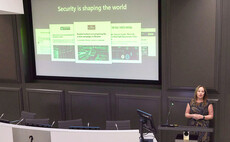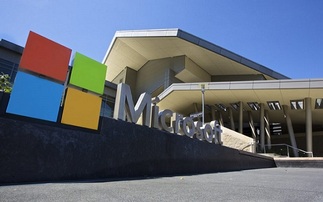Computing sits down with the Microsoft vice president of PC, tablet and phone to go in-depth about Windows 10's promise for the enterprise
"I worry that people out there in the world are going to assume we're more ‘done' than we are," says Joe Belfiore, corporate vice president of PC, tablet and phone for Microsoft. Speaking to Com...
To continue reading this article...
Join Computing
- Unlimited access to real-time news, analysis and opinion from the technology industry
- Receive important and breaking news in our daily newsletter
- Be the first to hear about our events and awards programmes
- Join live member only interviews with IT leaders at the ‘IT Lounge’; your chance to ask your burning tech questions and have them answered
- Access to the Computing Delta hub providing market intelligence and research
- Receive our members-only newsletter with exclusive opinion pieces from senior IT Leaders






















